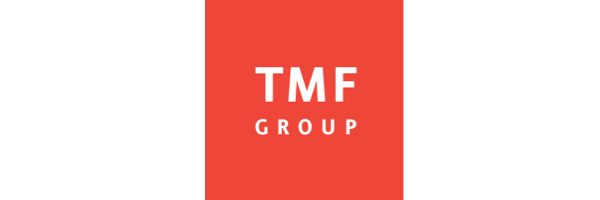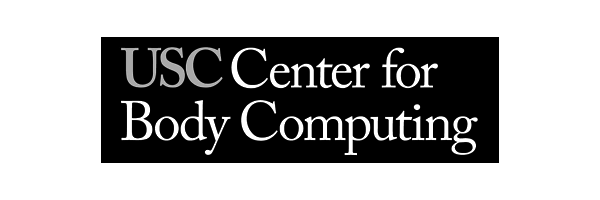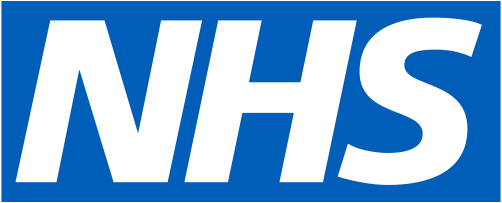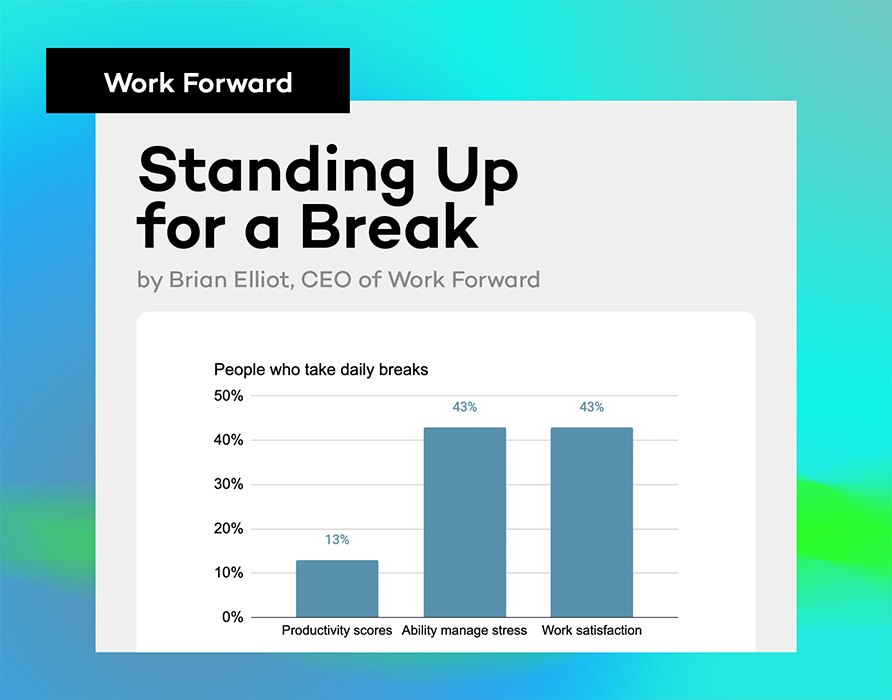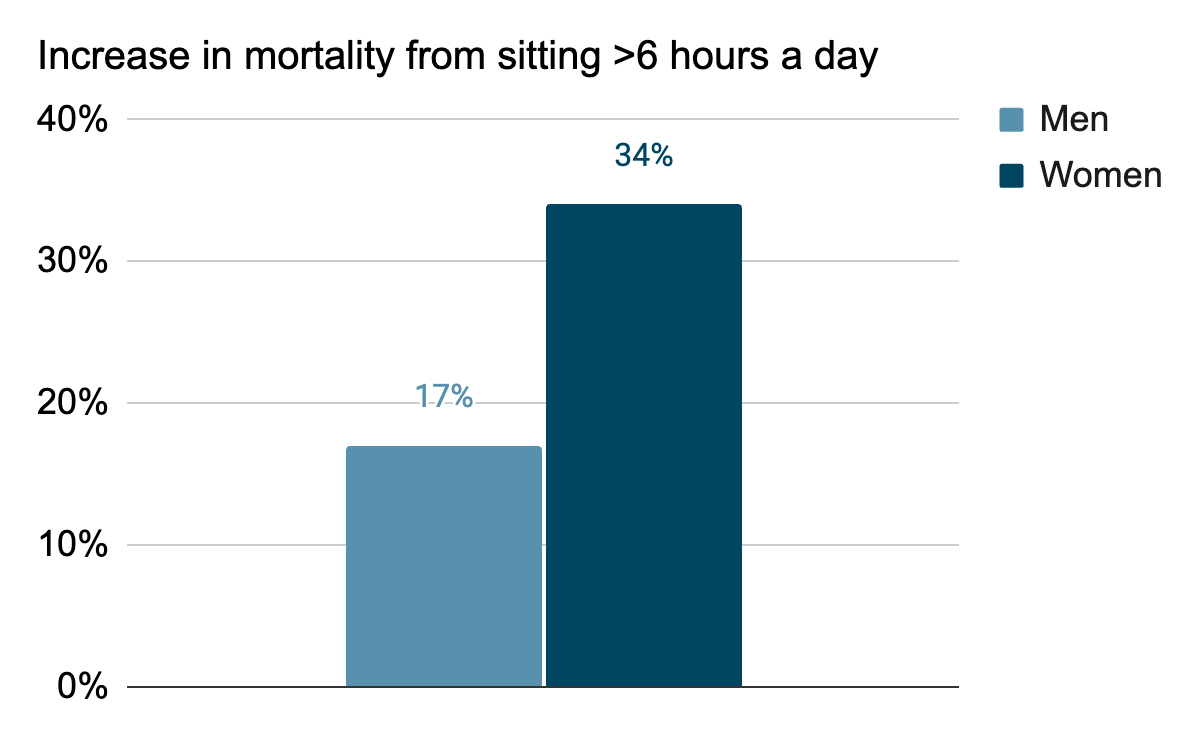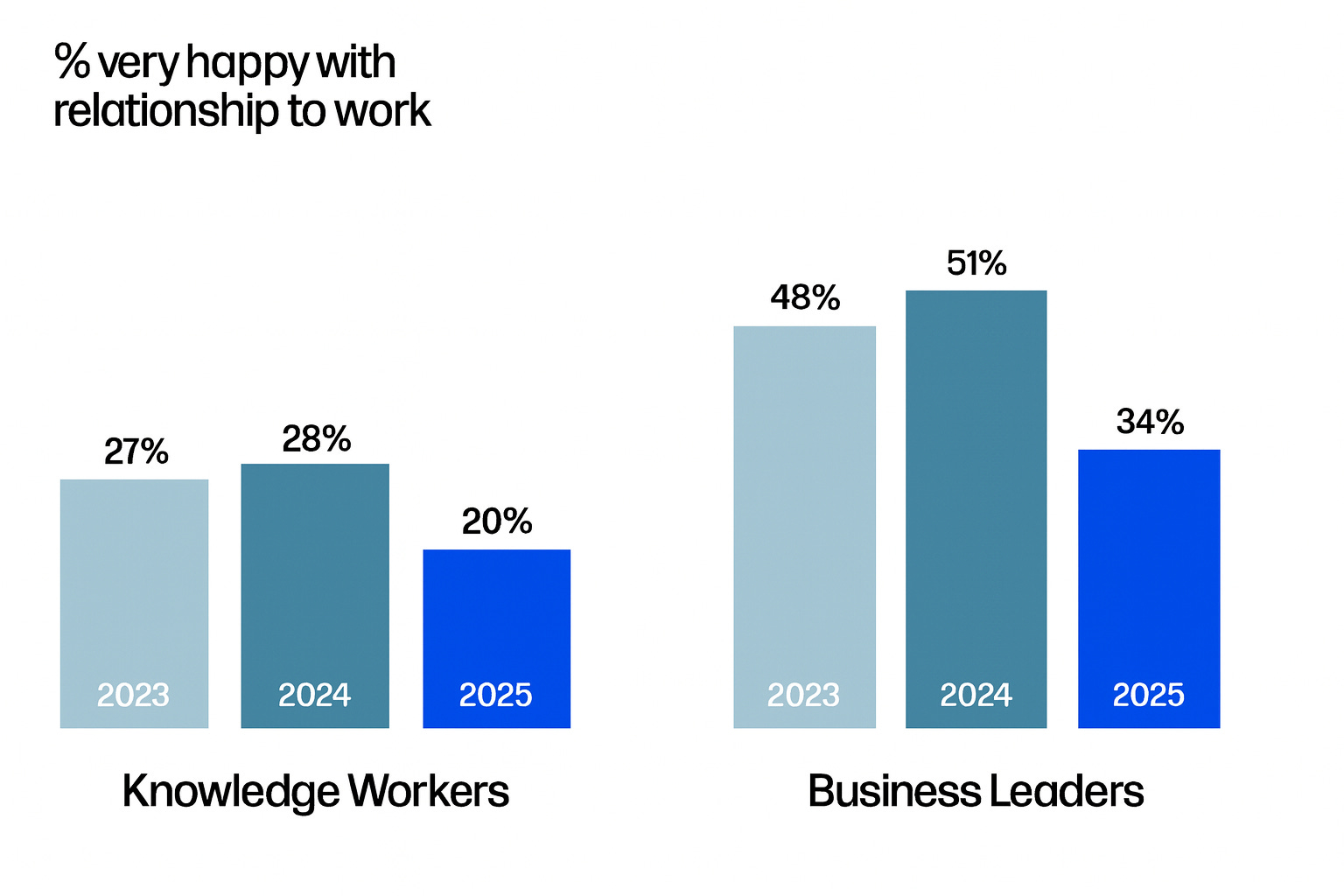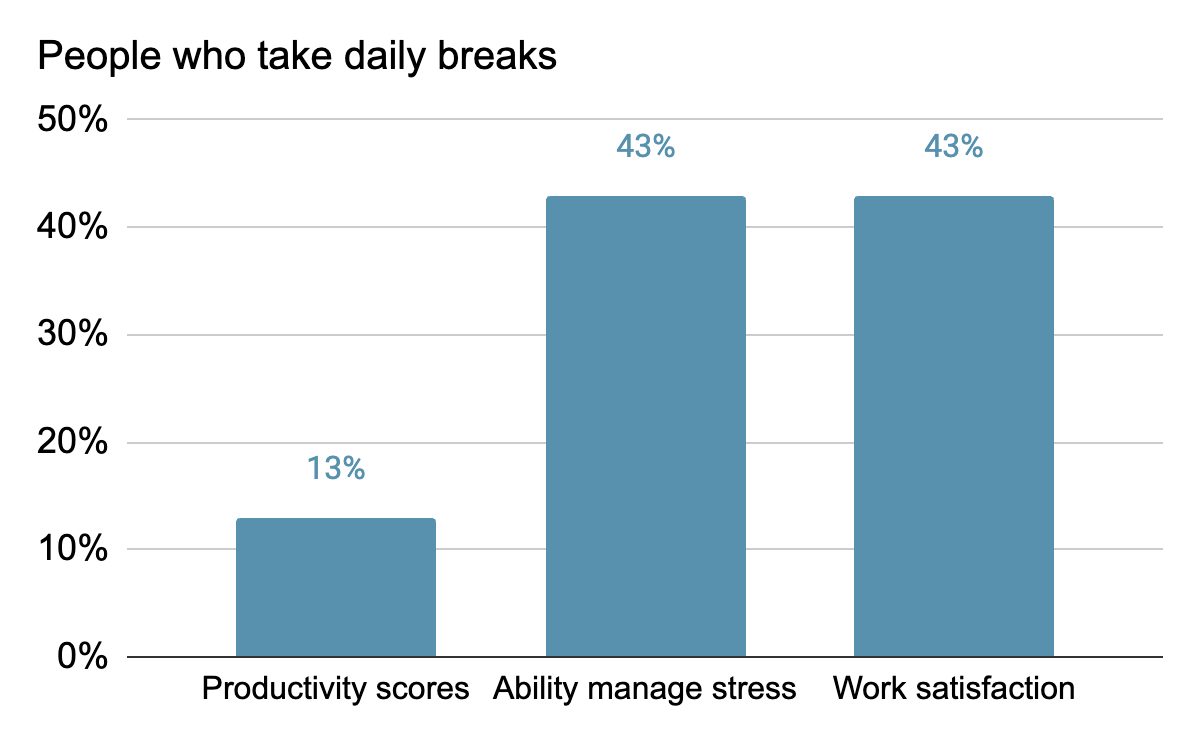
Check out the special offer for Charter Workplace Summit below!
I spent two days last week in a workshop with senior leaders at a large company, discussing how to build a high-performance organization. We covered the usual suspects: people-centric culture, in-person connection, goal alignment, leveraging AI, balancing flexibility with accountability. You know, the greatest hits album of modern work redesign.
Then something unexpected happened during the prioritization exercise. When it came time to put dots on a board showing what mattered most, one senior leader stood up—literally and figuratively—and said: “Back-to-back calls all day in front of my machine is killing me.”
The room got quiet. Then everyone started nodding. We dove into ergonomic nightmares, bathroom break logistics (or lack thereof), and how our always-on world rewards the performance of work—busy calendars, constant visibility—over actual deep work. The conversation was cathartic, but here’s what we missed: the profound impact of literally standing up for two minutes and moving around.
I didn’t fully grasp this until a few days later, when I caught up with Melissa Painter, founder of Breakthru, along with another Forum member. Melissa dropped a statistic that got my attention: sitting still for six to eight hours a day without short breaks increases mortality risk by 17% for men and 34% for women.
Now I have your attention too.
Your Boss is Burned Out Too
Not a week goes by without another study documenting how we’re increasingly crushed by our jobs. This week’s entry: HP’s Work Relationship Index, surveying over 18,000 desk-based workers. The percentage of people with a “very happy” relationship with their work dropped from 28% in 2024 to 20% in 2025—down 8% globally. The US led the race to the bottom with a 15% decline. We’re number one! We’re number one!
The drop was even steeper for business leaders: from 51% to 34%. This backs up what I’ve seen in research and conversations with every leadership group: middle managers, particularly at the director level, are at the end of their rope. De-layered organizations, do-more-with-less mandates, hit your numbers, get everyone using AI, retool to future-proof your career—preferably by next quarter, please.
As Zillow’s Corina Kolbe put it, those leaders are often the ones looking out for their own teams, and not themselves in the way they should They’re also the sandwich generation, “in the midlife stage where we are also dealing with all the midlife stuff on top of the work.” Amen.
Here’s the good news in HP’s report: 85% of the factors influencing workplace fulfillment are within your company’s control. The top three drivers are recognition (feeling valued for contributions), goal clarity (understanding how work connects to broader purpose), and balance (managing time and energy for high-value work).
That last one—balance—is where two-minute breaks can make a world of difference. But we’ve convinced ourselves that taking them is wrong.
The Common Sense We’re Not Acting On
Melissa Painter has spent years researching how technology has disrupted our relationship with our bodies during work. Her finding? The shift to digital tools eliminated natural movement patterns from our workdays, causing workers to literally “turn their bodies off at the workplace.”
As Melissa put it, “I love to talk about the science, but we’re also talking about common sense. It’s just so ironic to me, the number of things that we know via common sense right now that we’re not acting on in the design of the workplace and the workday.”
Breakthru, her company, delivers immersive, interactive “micro-breaks”: two-minute active movement breaks embedded into work tools that are now used across 72 countries and 45,000 organizations. I’ve been able to participate: a group event where we used her guided-movement breaks to get us moving for two minutes.
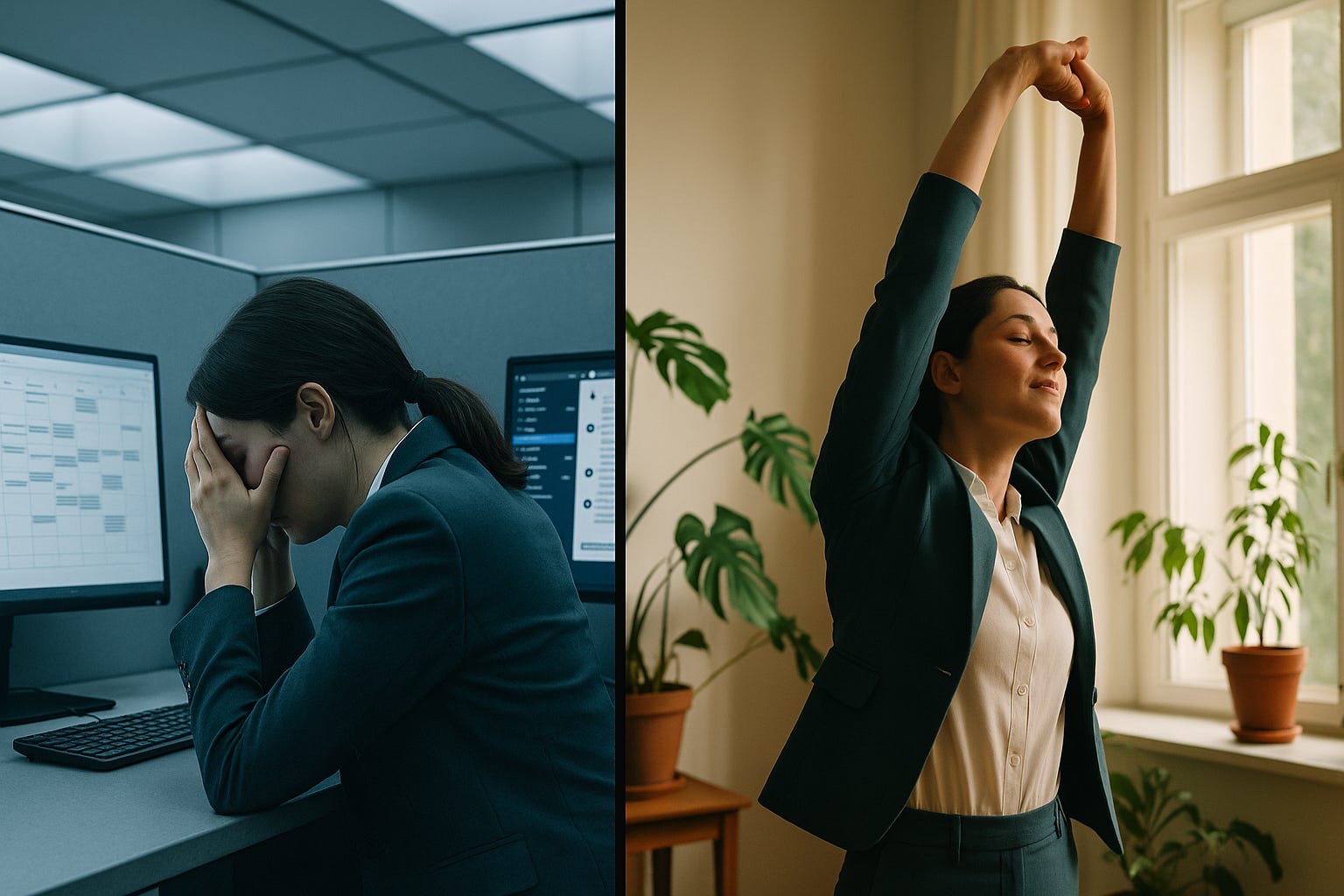
The results? A 95% positive sentiment shift and improved focus for up to two hours afterward. It sounds almost too simple—and that’s precisely the point.
“I talk to people around the world,” Melissa said, “and no one ever feels like their task list is done. Everyone feels like their life is ruled by their calendar, and many people are in a lot of mental or physical pain—and they’re not taking breaks.”
The science is clear: these micro-breaks work. But here’s the catch—their effectiveness drops by approximately 50% when employees don’t believe their manager approves of break-taking. You can have all the research in the world, but if your boss is glued to their desk for eight straight hours, good luck convincing yourself it’s okay to stand up and stretch.
The Department of Not Fixing the Problem
One of Melissa’s most incisive observations was about how organizations approached workplace well-being: “What I think really went sideways with the introduction of well-being into the workplace is that everyone thought it was a department and it was a set of benefits. And no one thought it was behavior change, team norms, or something you operationalize.”
Translation: We built wellness rooms nobody uses and sent out emails about mindfulness apps while scheduling eight hours of back-to-back meetings. We treated the symptom with a band-aid while ignoring the gaping wound.
The data supports this. Christina Janzer and Chrissie Arnold at Slack led an experiment last year to encourage break-taking. The research was compelling: workers who regularly take breaks show 13% higher productivity, 43% greater ability to manage stress, and 43% higher overall work satisfaction. Workers who don’t take breaks are 1.7 times more likely to experience burnout.
Yet when they started the experiment, only 38% of people felt comfortable taking breaks. They got 200 Slack employees to join a two-week experiment of taking at least one break per day. Leadership participated and role-modeled; Slack’s CTO Cal Henderson was one of them. They defined different types of breaks and laid out clear guidelines.
The results were impressive: productivity scores increased 21%, stress management scores got 2.3X better, focus scores rose 92%, and overall satisfaction increased 63%.
But here’s the sobering part: even after the experiment, with clear data and leadership modeling, only 60% of people said they felt comfortable taking breaks. That means 40% of workers still believed that stepping away from their desk—even with permission, even with proof it works—was somehow wrong.
Making It a Team Sport
Melissa’s insight about why this persists cuts deep: “It’s impossible to be a worker anywhere in any kind of job and not have the perception that the truly successful people in the world never stop.”
She’s right. We tell stories about hustle-culture tech CEOs, not about the steady-handed leaders, breakthrough scientists, or music producers who understood that creativity requires space. We’ve built a monoculture that mistakes constant motion for momentum.
That’s why Breakthru took a different approach. “A big thing about Breakthru was that we didn’t make it for individuals,” Melissa explained. “We made it as a team tool. You’re a leader: if you don’t do this, your team members won’t.”
This matters more than you might think. Leaders set norms through their behavior, not their proclamations. I learned this the hard way: if you’re the manager hunched over your keyboard for eight straight hours, your team will do the same—regardless of what the wellness memo says.
What You Can Do Tomorrow
Start absurdly small. Two minutes. That’s it.
Make room for it: both Zillow and Capital One implemented calendar settings so that all meetings start on the five—a built-in five minute break. Zillow’s Kolbe described it this way: “Originally it was to get a drink of water, go to the bathroom. But there is an opportunity to remind people: stand up and stretch, take deep breaths.” An opportunity to reset.
Make it experiential, not informational. “Most things these days need to be experiential to actually sink in,” Melissa noted. Don’t send another email about the importance of breaks. Take one. Publicly. Let your team see you do it.
Social media is not a break: take Instagram, X, Threads, TikTok and whatever else you consume off your phone, or bury them in a folder two screens away. Want a break? Do not go there.
Build breaks into team agreements and norms, not corporate programs. The broadcast approach fails. What works is iterative engagement with teams willing to experiment first, then sharing what they learn.
And for the love of your lower back, stand up and move around hourly. The senior leader who stood up in that workshop and said “this is killing me” wasn’t being dramatic. He was being honest. His honesty gave everyone else permission to admit they were struggling too.
Sitting still burns mental energy. You’re more focused for two hours after a two-minute break. Sitting persistently for six to eight hours a day increases early death risk by 17-34%. These aren’t scare tactics—they’re just facts we’ve somehow decided don’t apply while we’re hustling to hit the latest goals.
The truly successful organizations won’t be the ones that generate the most performance theater. They’ll be the ones that recognize common sense when they see it—and actually act on it.
Even if that action is as simple as standing up.
How often do you take real breaks during the workday? What’s holding you back?
Request a demo to learn how teams stay sharper, healthier, and more connected with Breakthru
See how science-backed, 2-minute microbreaks can boost focus, motivation, and resilience for your organization.
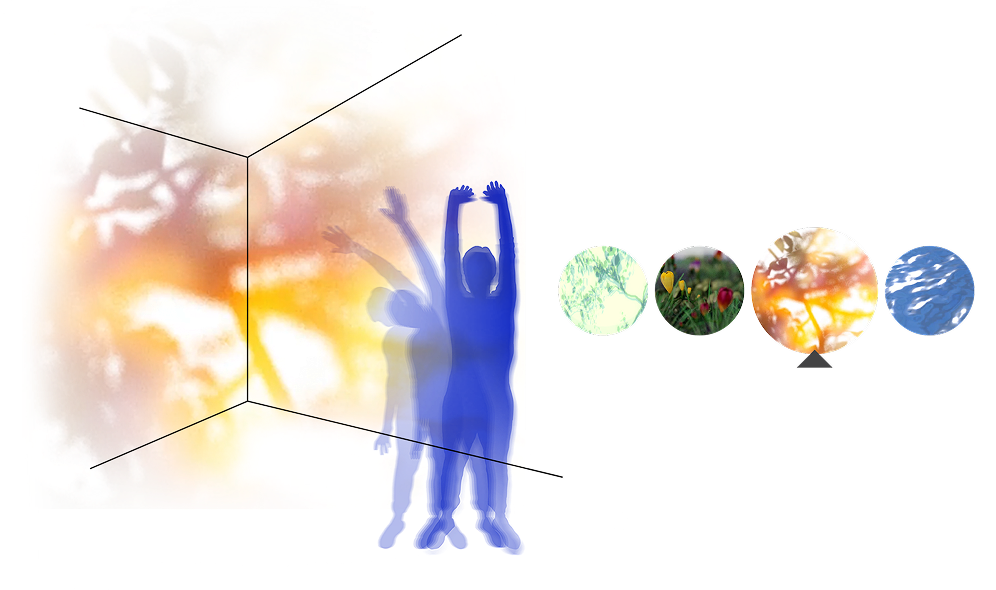
Join the
45,000+
corporations, educational
communities, and non-profits
worldwide using Breakthru.
